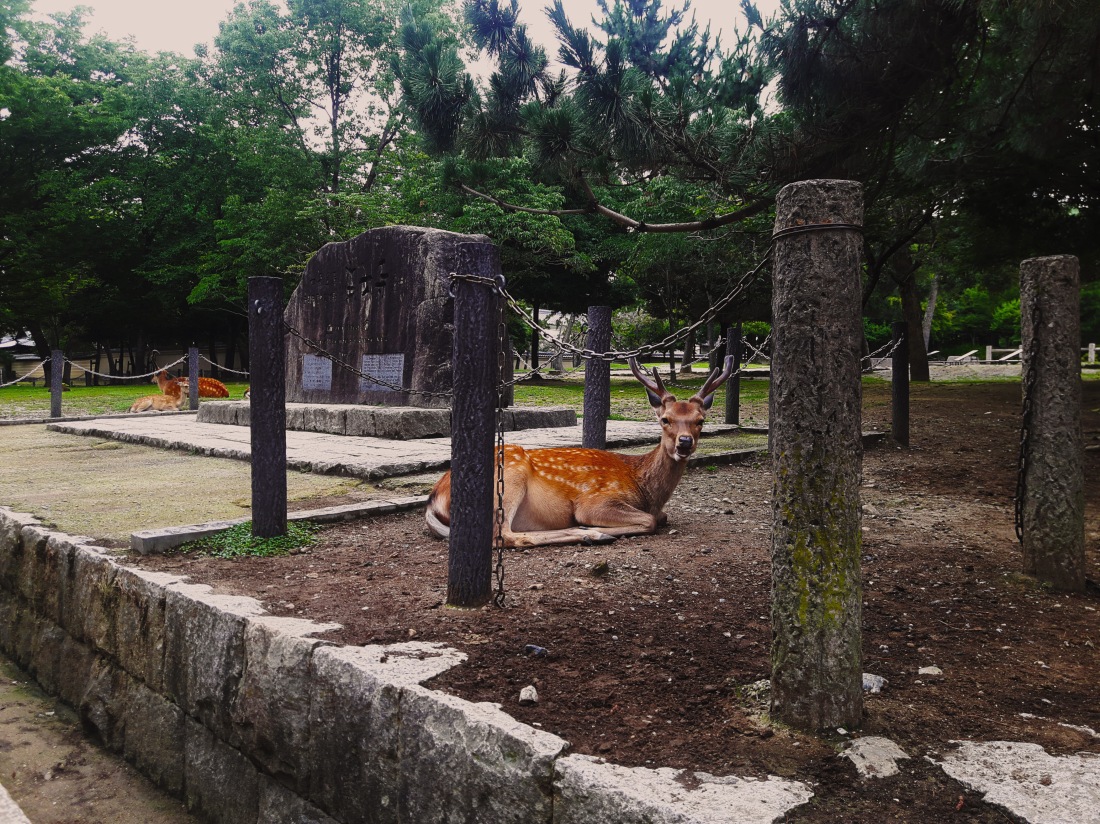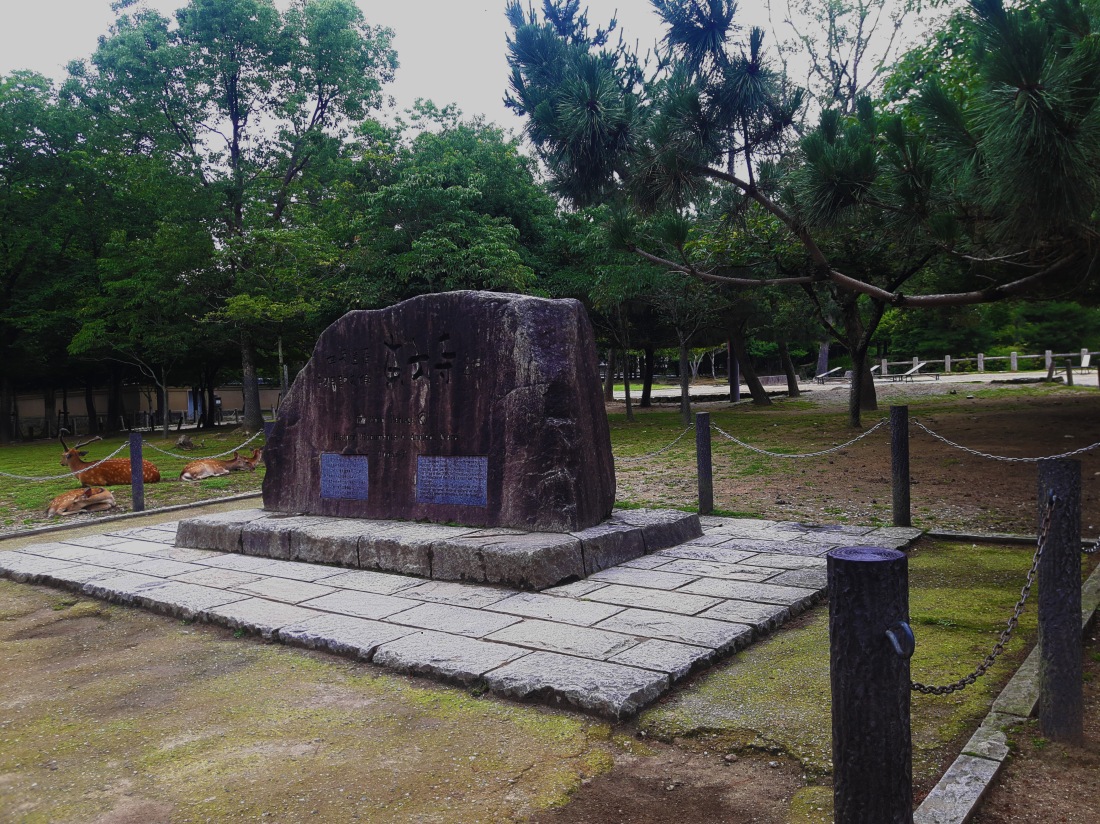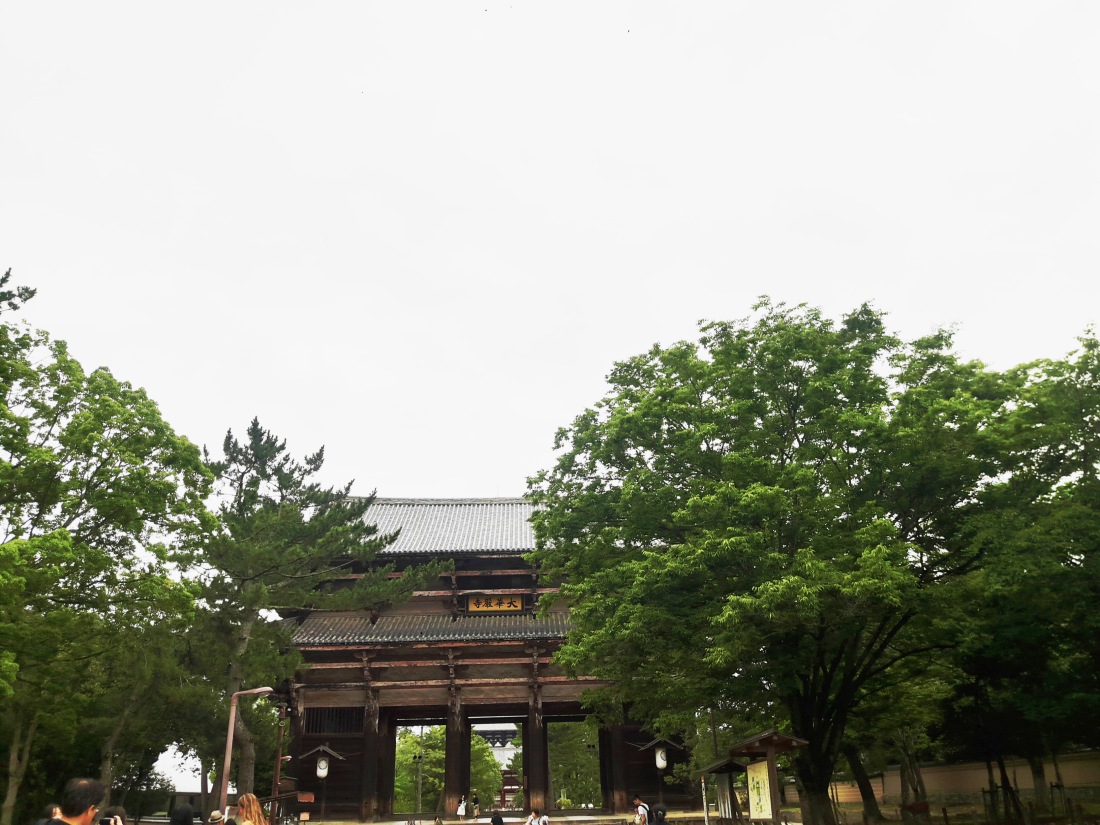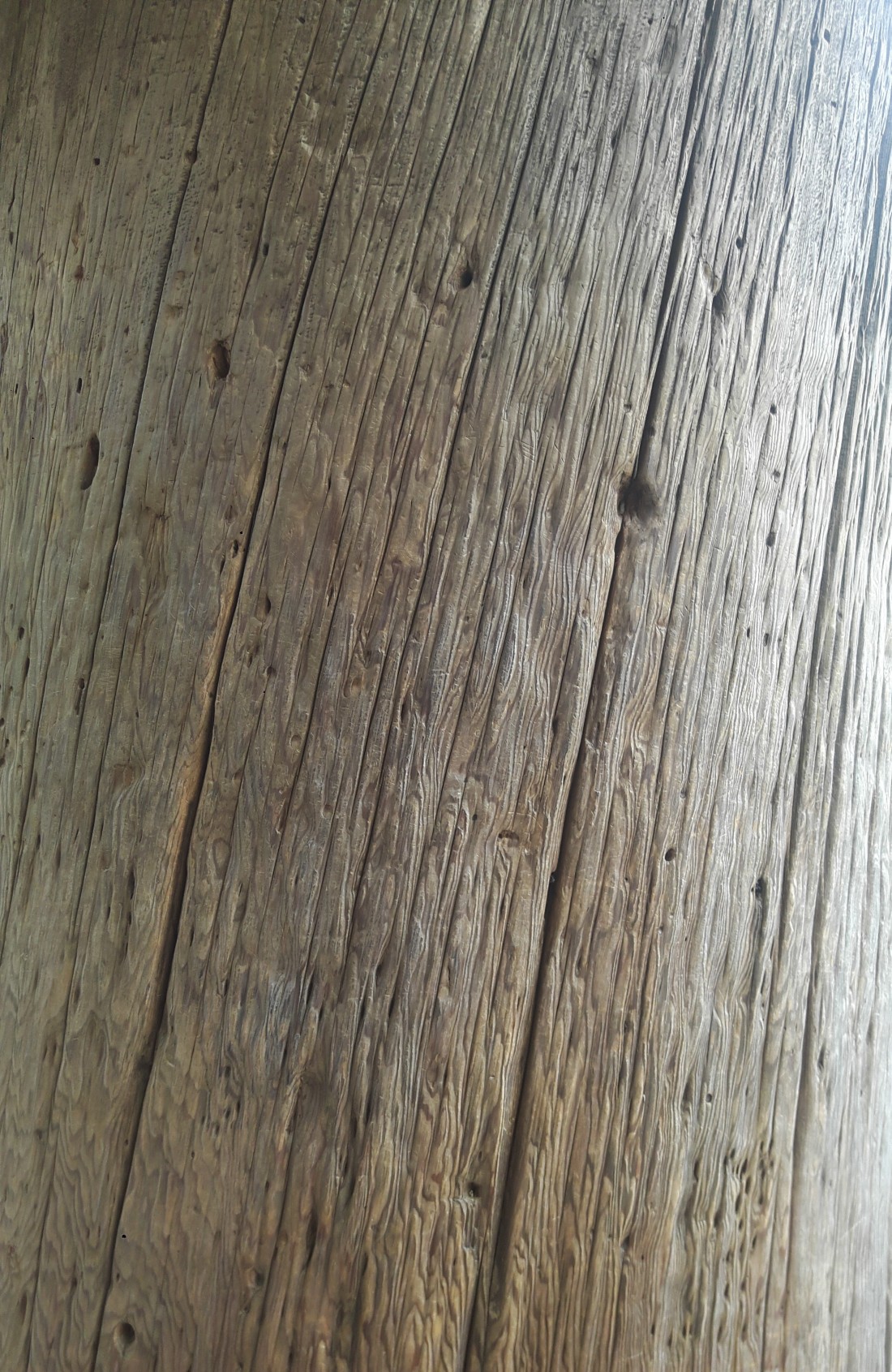Todai-ji Temple is a listed UNESCO World Heritage Site as one of the “Historic Monuments of Ancient Nara”.
We started our trip to Todai-ji Temple from The landmark
Accompanied by the two dedicated tour guides, we were able to gain much knowledge and interesting fact about the temple itself and Buddhism in the area long time ago.
I did take multitude of photos along the way, yet they’ll presented in other posts. Within this one, mainly content and information about Todai-ji Temple is included.
But to begin, I really want to show off the elegant deer near the entrance of the temple:

It’s such a pity when it was cloudy on the day I got to Todai-ji Temple, so it took me quite a long time to work on PTS for stunning photos. Yayy, hard work pays off!
I love the way humans live in harmony with deer in Nara. They are treated like actual friends of people, and even considered sacred animals (that’s why they are thoroughly protected and there’s no such thing as products made from deer). These cute creatures were so friendly, but the tour guide reminded us to be careful because some might be greedy and eat up whatever on our hands (for they might regard it their food). Tourists are able to buy deer crackers to feed these indigenous friends in any souvenir shops around.

Although the tour guides tried their best to present the information about the temple, it’s impossible for me to recall every single piece of data at the moment. Therefore, some of the things below might be taken somewhere from the Internet (and from the ticket and booklet as well) , and I’ll put the links (if any) as reference section at the end of the post.
This structure was originally constructed in the Nara period (710-749 AD) at the behest of Emperor Shomu, and now it located in Nara City. The chief object of worship in the temple is Vairocana Buddha (Buddha that shines throughout the world like the Sun).
In that ancient time, Emperor Shomu issued an edict in 741 to promote the construction of provincial temples throughout the country after the whole nation had suffered from a series of disasters and epidemics.
As far as I remember, the process of constructing this temple was astonishing enough to write a novel. It had gone through ups and downs, and now being one of the world’s heritages!
And let’s take a bit closer to the main gate:

Emperor Shomu believed that Buddha would be touched and protect the whole country if everyone in his country joined hands to establish Buddhist temples all over Japan. Therefore, the monk Gyoki Bosatsu, along with his pupils, traveled across the country asking for donation, including money, rice, wood, metal, cloth or even labor.
What a shame when I’m unable to recall which type of wood that the gate was made out of. The tour guide did tell us, but I’ve got a memory like a sieve. I should have jotted it down on my phone, so now I won’t have to regret.
Desperate as I feel, I still manage to carry on with an artistic photo:

As I said before, the temple itself have gone through ups and downs, enduring tons of natural catastrophes or even wars. And here is the evidence for what it’s suffered from:

It wasn’t until our tour guide revealed a shocking piece of information that I didn’t take full attention to the ordinary wooden pole:
“Can you see the holes? They were created by the arrows/weapons during wars.”
I can’t report exactly what they said, but it’s kind of something like that.
“Really? They mean that these wooden poles have been standing here for thousands years, like historic witnesses of the time?” – I was standing in awe, right before taking some photos of the treasures.
Touching the hole, I was so moved for its timeless firmness. What has it undergone? What stories it can tell? Who has it encountered?…
Thousands of questions remained unanswered. But these ancient objects, are never solely objects, but each of them (I deem that they have their own souls) has got a lot to tell us…
<To be continued…>
—
Link for reference: click here